【11/21開催】第31回 手術の未来 看護理工学が拓く次世代創傷ケアの未来
【注意事項】
1) 聴講には、チケットが必要です。バナー右下の「参加登録」ボタンを押してください。
2) チケットを入手後、1)と同じ場所にある画像右下の「チェックインする」ボタンを押しておいてください。
開演10分前になりますと青色の「視聴する」ボタンが表示されます。ボタンを押すとご視聴いただけます。
3) 本セミナーの録画、録音、撮影は禁止です。当フォーラム、講師に断りなく2次利用することはお控えください。
[Notes]
1) A ticket is required to attend. Please click the "参加登録 (Register)" button on the bottom right of the banner.
2) After getting your ticket, please click the "チェックインする (Check-in)" button on the bottom right of the image, in the same location as the registration button. A blue "視聴する (Watch)" button will appear 10 minutes before the event begins, and you can start watching by clicking it.
3) Recording, audio recording, and photography of this seminar are strictly prohibited. Please refrain from any secondary use of the content without permission from the forum and the speaker.
第31回講演会は、東京大学大学院の仲上豪二朗教授をお招きし、『 看護理工が褥瘡ケアを再定義する 』をテーマに開催いたします。「看護理工学」という学際的アプローチを通じて、AIを用いた褥瘡の超早期発見システム、創部バイオフィルム制御法、難治性創傷に対する振動療法など、革新的なベッドサイドケア実践を紹介します。褥瘡ケアの質向上と患者QOL改善に貢献する未来の看護現場にご期待ください。
Professor Gojiro Nakagami from the University of Tokyo will present on "Redefining Pressure Ulcer Care through Nursing Science & Technology." This lecture will detail innovative bedside care practices through an interdisciplinary "Nursing Science and Technology" approach, including AI-powered ultra-early detection systems for pressure ulcers, wound biofilm control, and vibration therapy for hard-to-heal wounds. Expect a future of nursing practice contributing to improved pressure ulcer care quality and enhanced patient QOL.


難治性創傷の治療と管理は、従来の単一病態へのアプローチでは限界があり、複雑な課題を提示している。本講演では、この課題に対し、新興分野である看護理工学の先駆者として、次世代創傷ケアの未来を紹介する。具体的には、創傷バイオフィルムのトータルマネジメント、振動療法による新たな創傷治癒促進メカニズムについて提示する。これらの革新が、創傷看護実践をどのように変革するかを、学際的な視点から考察する。






